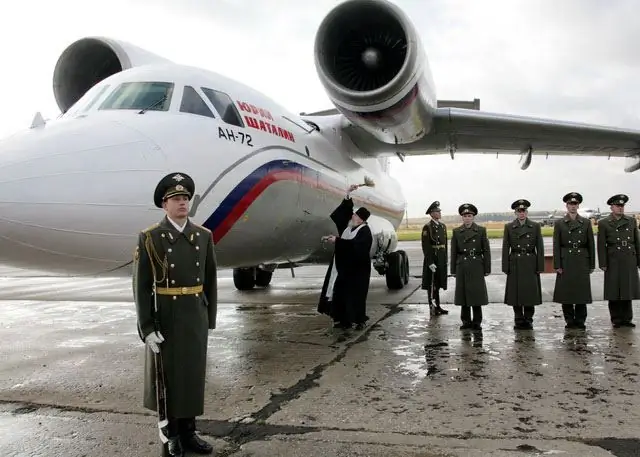- Author Antonio Harrison [email protected].
- Public 2023-12-16 07:44.
- Last modified 2025-01-22 21:44.
The Orthodox Church is called to the inner sanctification of man. In addition, in the Orthodox tradition, it is customary to consecrate what surrounds a person, as well as things and objects used by people in everyday life.

In Christian Orthodox practice, it is customary to consecrate what is necessary to ensure a decent life for a person. Orthodox missal contains special prayers for the consecration of vehicles. With the development of industry, it is difficult for mankind to imagine life without the use of various types of transport. Many people now have personal vehicles. Therefore, it is often possible to observe the rite of consecration of cars in front of an Orthodox church.
Cars are one of the types of vehicles consecrated in the Orthodox tradition. The follow-up itself is rather short. It consists of the initial ordinary prayers ("Trisagion according to our Father"), a psalm and a prayer for consecration. In ancient times, when there were no cars yet, vehicles such as chariots were consecrated. That is why in the missals, the consecration of the car is called the rite of consecration of the chariot.
Ground transportation includes trains. In the Orthodox tradition, this type of movement is also sanctified.
In addition to cars and trains, it is customary in the Orthodox tradition to consecrate air vehicles. In modern times, these include all types of aircraft, as well as helicopters. The corpus of succession to the consecration of "flying vehicles" is similar to the order of the consecration of automobiles.
Another type of transport used in modern times is river and sea ships and liners. Consecration of this type of transport also takes place in the Orthodox tradition. In addition to passenger ships, cargo ships as well as ordinary boats can be consecrated. Submarines can also be consecrated.






